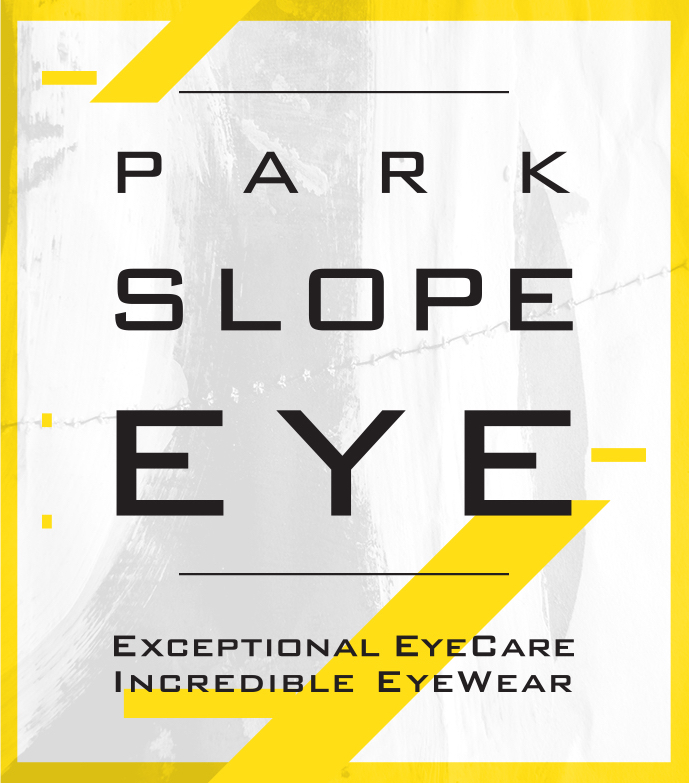Manage the Risk
Many individuals don’t realize just how common eye diseases are. Millions of people across the United States will develop eye conditions that will lead to vision loss this year alone.
More often than not, there is no cure for these afflictions, but fortunately there are treatments – especially if caught early enough. Prevention is the key to maintaining healthy eyesight. Allow Park Slope Eye to help you manage the risks of vision loss with our comprehensive services.
Common Eye Diseases & Issues
Glaucoma is an eye disease that results from damage to the optic nerve, and is one of the most common causes of vision loss around the world. Though glaucoma begins with a loss of peripheral vision, it may eventually lead to blindness as the optic nerve deteriorates.
There is no cure for glaucoma, and once vision is lost, it can’t be recovered. However, there are many treatments that can manage this disease and prevent irreversible sight loss.
The best ways to protect yourself from this disease is through regular eye exams with your optometrist, who can detect glaucoma in the earliest stages.
Age-related macular degeneration (AMD) is a leading cause of blindness in people aged 50 years and older. It occurs when the macula begins to deteriorate, causing a loss of central vision – which we use for driving, reading, and recognizing faces.
AMD may eventually progress to blindness if left unchecked. Though the cause of AMD is not known, different lifestyle factors, such as smoking and UV exposure, may increase your risk of developing it.
AMD may not present symptoms before vision loss occurs. As such, it’s very important to have your eyes examined by your optometrist on a regular basis to detect the signs of AMD.
Conjunctivitis, commonly known as “pink eye”, occurs when the thin layer of tissue covering the white of the eye becomes inflamed and irritated. It can be caused by many different things such as bacteria, viruses, or allergies.
It’s important to have conjunctivitis properly diagnosed, as the cause will determine the treatment.
Bacterial conjunctivitis is usually accompanied by yellow-green discharge, sometimes so severe your eyelids may be stuck together when you wake up in the morning.
Viral conjunctivitis can include sensitivity to light, eyes that are watery with whitish- yellow discharge, and, like a cold, may be spread through coughing or sneezing.
Allergic conjunctivitis may present with itchy, burning, and watery eyes, as well as a stuffy or runny nose.
For reliable relief from these and other types of conjunctivitis, book an appointment to see your optometrist.
Most people will develop cataracts as they age. Cataracts are a clouding of the lens inside the eye, leading to a loss of clarity and diminishing of colors. Treatment includes removal through cataract surgery.
Diabetic eye disease is the leading cause of vision loss in the United States. For more information on this disease and its risk factors, visit our Diabetic Eye Exam page.
If you are concerned that you could be affected by diabetic eye disease, we can help.







